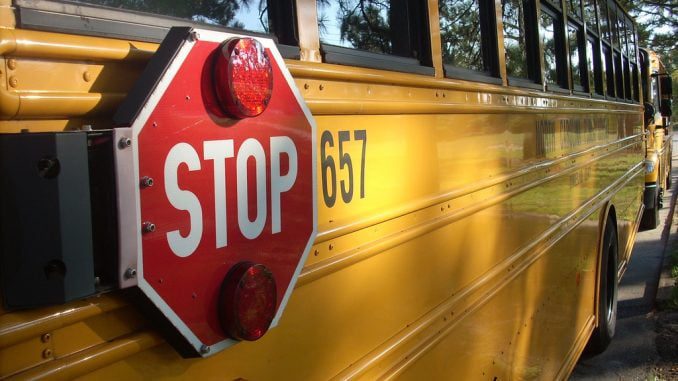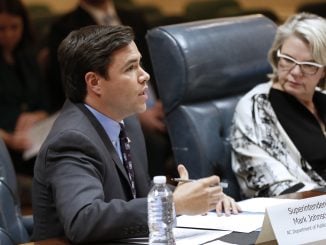
RALEIGH — The state’s annual schools report has arrived for the 2017-18 year, and state education leaders are not holding back their frustration with the story it tells. One of the more disappointing data points was that after a lot of focus on third grade reading results by lawmakers, there was a slight decline in overall testing in this area.
The trend for state reading scores had been up in recent years, with 12 consecutive years of increases. This latest report, however, showed testing on math, science and reading falling from 59.2 percent of students passing in the 2016-17 school year to 58.8 percent in 2017-18.
“I guess it’s good that our results are relatively constant and didn’t drop a lot, but frankly, it’s a pretty sobering report,” Eric Davis, chair of the North Carolina Board of Education, told the North State Journal.
Davis said the scores were “in a word — disappointing.”
“These results show that social and economic factors are difficult for school districts to overcome,” he said. “We need to do much more at the state level to fight these often racial and social forces.”
Davis said a lot of the issue surrounds per-pupil spending, which he said took a hit during the recession and hasn’t fully recovered.
“More of our students come to school with greater needs than ever before,” he added. “Looking after their health would make a big difference, but also we need to start earlier and provide more early childhood education so they’re better prepared.”
Rep. Craig Horn (R-Union), who is the chairman of several House education committees, including the Education Appropriations Committee and the K-12 Education Policy Committee, agreed with some, but not all, of what Davis had to say.
“Yes, there are socio-economic policies at play,” Horn told the North State Journal. “But I don’t think the per-pupil spending is the problem. With a lot of teachers retiring and a lot of new teachers coming in anyway to deal with the increasing enrollments, that brings a lot of teachers in at the bottom of the pay scale. This necessarily creates a lower per-pupil spending number.
Horn argued that there had been a lot of momentum over many years and at some point, that momentum had to pull back slightly. “Now we just need to figure out how to get that momentum back,” he said.
He said that one issue is an “urban versus rural, ‘have’ versus ‘have not’ divide” developing, with 6 percent of the state’s districts seeing large growth and the rest actually seeing decline. These mostly rural areas are struggling and may need different solutions than what has worked elsewhere, he argued. Horn outlined three areas that he thinks would help: teacher quality and training, education delivery system improvements, and the socio-economic issues.
“It’s caused me to lose sleep,” Horn said. “I’m absolutely determined to turn this around. We let them down, and we have to do whatever it takes for these kids. I’m willing to go anywhere and talk to anyone.”
Charter schools are another area of note, with these schools getting more A’s and B’s than traditional public schools, but also more F’s.
“There are a few common characteristics among the eight charter schools that received F grades,” Dr. Terry Stoops of the John Locke Foundation explained to North State Journal. “One low-performing school, Grandfather Academy, is part of a group home that serves victims of social, emotional, sexual or physical abuse. A handful of others are relatively new schools that serve predominantly disadvantaged populations. In many cases, these struggling schools enroll fewer than 250 students, which leaves little margin for error in terms of state testing.”
On the successful charters, Stoops said, “In terms of educational philosophy and student demographics, North Carolina’s most successful charter schools have little in common. The one attribute that they share is the prospect of charter revocation by the State Board of Education. If charter schools fail to meet the academic, financial and operational expectations set by the school leaders and reinforced by the parents, then closure is almost inevitable.”
The yearly report, along with A-F grades for North Carolina’s public schools, can be found at ncpublicschools.org/src/.



